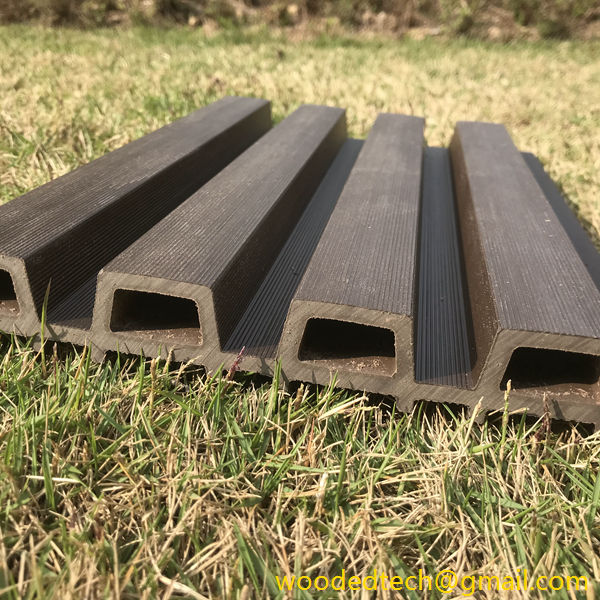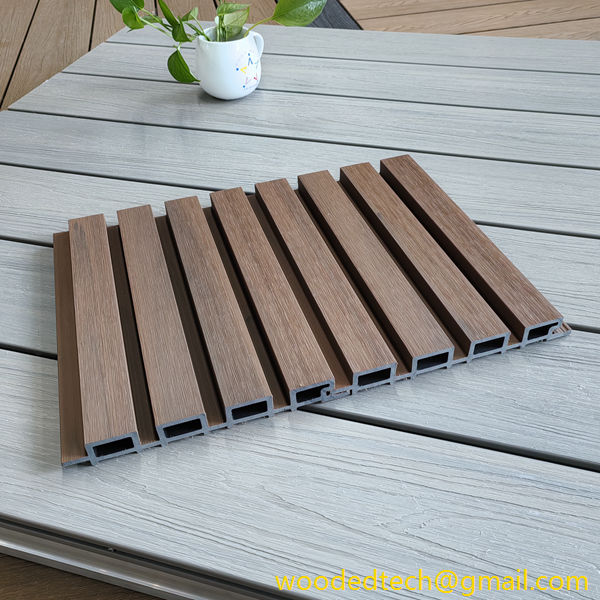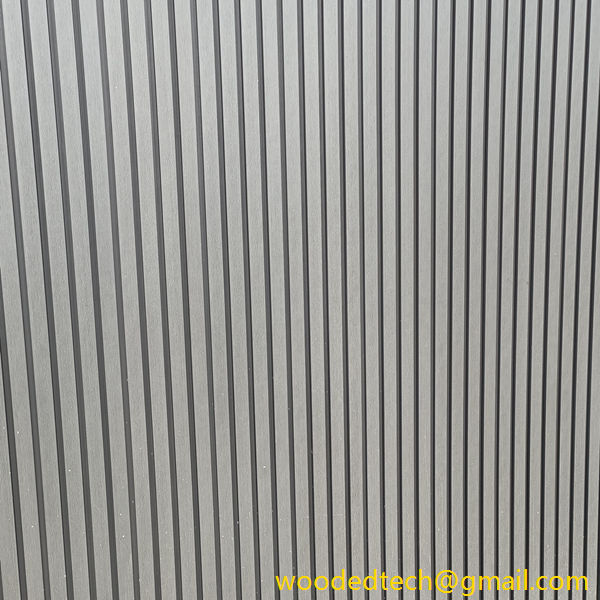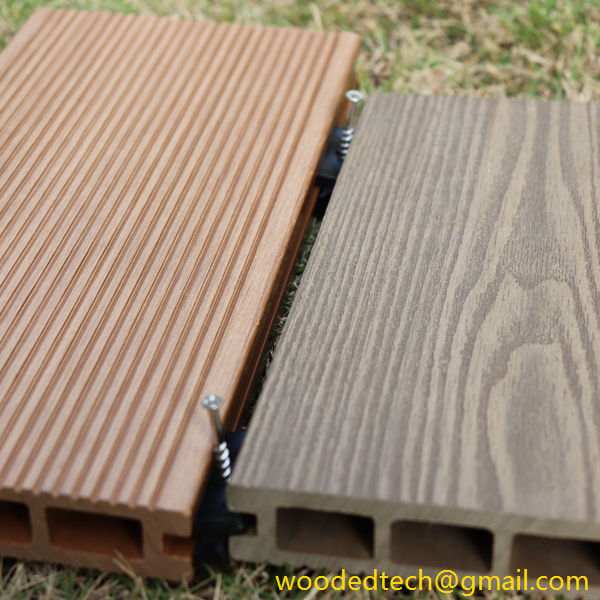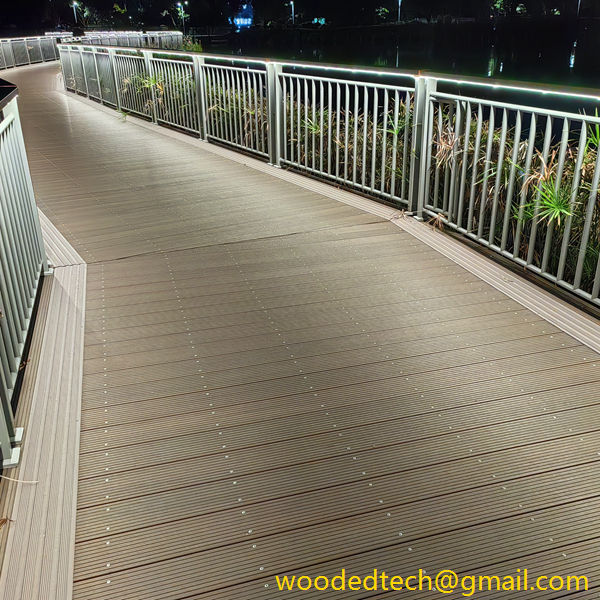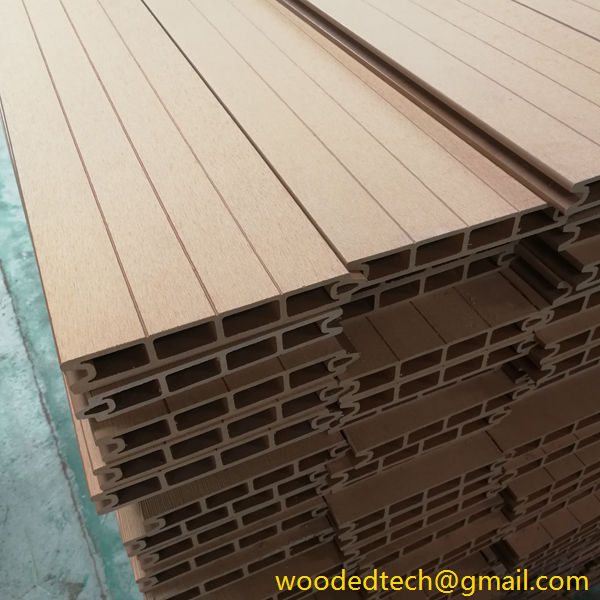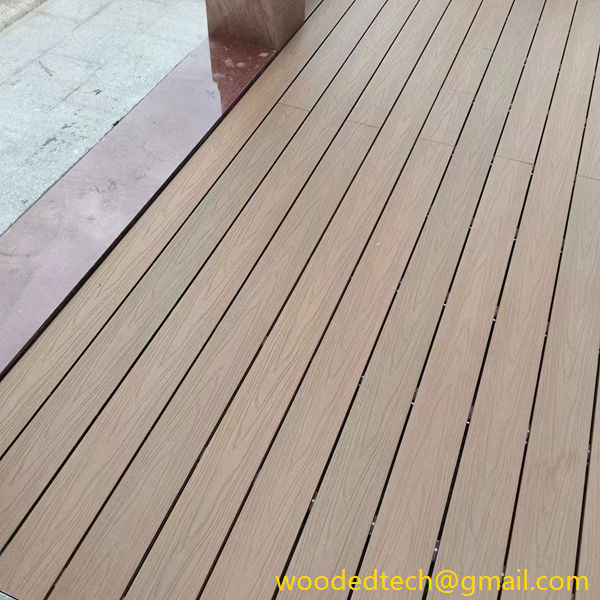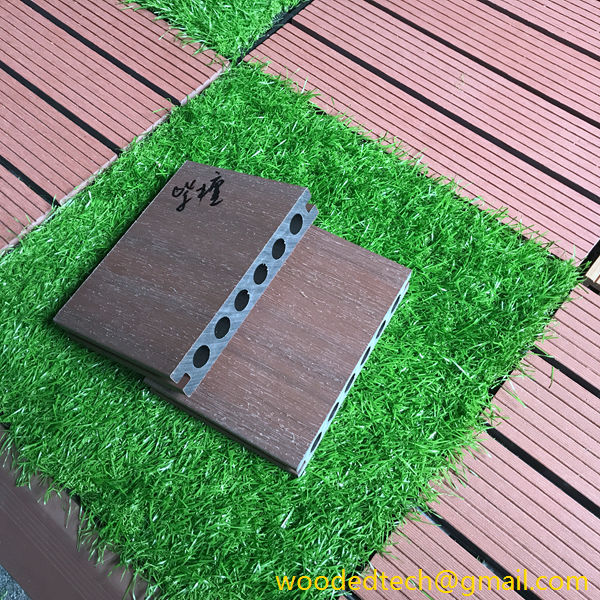Geniş Seçenek Yelpazesi için WPC Panel Kataloğumuza Göz Atın
Geniş Seçenek Yelpazesi için WPC Panel Kataloğumuza Göz Atın Küresel üretim arenasında Çin, özellikle Ahşap Plastik Kompozit (WPC) paneller de dahil olmak üzere çeşitli malzemelerin üretiminde bir güç merkezi olarak kendini kanıtlamıştır. Sektörler kaliteden ödün vermeden uygun maliyetli çözümler aradıkça, Çin'in üretim alanları bu alanda eşsiz bir avantaj kombinasyonu sunuyor...
Geniş Seçenek Yelpazesi için WPC Panel Kataloğumuza Göz Atın
In the global manufacturing arena, China has established itself as a powerhouse, particularly in the production of various materials, including Wood Plastic Composite (WPC) panels. As industries seek cost-efficient solutions without compromising quality, China’s production areas offer a unique combination of advantages that make them highly attractive for businesses looking to source WPC panels. In this article, we will explore the various factors that contribute to the cost advantage of China’s production areas, particularly in the realm of WPC panels.
One of the most significant advantages of China’s production capabilities is the scale of its manufacturing operations. Many factories in China operate on a massive scale, which allows them to benefit from economies of scale. When production volumes increase, the cost per unit typically decreases. This is especially important in the production of WPC panels, where large quantities are often required for construction and industrial applications. By producing WPC panels in large quantities, Chinese manufacturers can spread their fixed costs over a more extensive output, ultimately lowering the price for buyers.
Another critical factor contributing to the cost advantage is the availability of raw materials. China has a well-established supply chain that facilitates the sourcing of the necessary materials for WPC production, such as wood fibers and plastics. The country’s abundant forestry resources and access to recycled plastics enable manufacturers to keep raw material costs low. Additionally, the local availability of these materials reduces transportation costs, further enhancing the overall cost efficiency of production.
Labor costs in China also play a significant role in the cost advantage of WPC panel production. The country has a vast workforce with varying levels of expertise, allowing manufacturers to employ skilled labor at competitive wages. While labor costs have been rising in recent years, they still remain lower than in many Western countries. This enables Chinese manufacturers to produce WPC panels more economically than their counterparts in regions with higher labor costs. Furthermore, the Chinese government has been investing in vocational training programs to enhance the skills of the workforce, which contributes to improved productivity and quality in manufacturing.
Technological advancements are another critical aspect of China’s competitive edge in the WPC panel market. Many manufacturers in China have adopted modern production technologies, such as advanced extrusion techniques and automated processes, which enhance efficiency and reduce waste. These innovations lead to higher-quality products at lower costs. Additionally, continuous investment in research and development allows Chinese manufacturers to stay ahead of the curve in terms of product innovation, enabling them to offer a wider range of WPC panel options to meet diverse customer needs.
Logistics and infrastructure are also pivotal in maintaining China’s cost advantage. The country has made significant investments in transportation infrastructure, including roads, railways, and ports, which facilitate the efficient movement of goods. Such infrastructure enables manufacturers to ship WPC panels quickly and at a lower cost, making it easier for international buyers to source products from China. The strategic location of many production areas near major shipping ports further enhances the efficiency of the supply chain, allowing for timely delivery and reduced shipping expenses.
Moreover, China’s government policies play a role in supporting the manufacturing sector. Various incentives, such as tax breaks and subsidies, are available to manufacturers in specific regions. These policies encourage investment in production facilities and foster an environment conducive to growth. By reducing the financial burden on manufacturers, these initiatives help lower the overall cost of production, which is reflected in the pricing of WPC panels.
In addition to these factors, the competitive landscape in China’s manufacturing sector drives continuous improvement. With numerous manufacturers vying for market share, there is constant pressure to innovate and reduce costs. This competitive environment encourages companies to adopt best practices, optimize their supply chains, and improve operational efficiencies. As a result, buyers can benefit from high-quality WPC panels at competitive prices.
When considering the advantages of sourcing WPC panels from China, it is essential to highlight the variety of options available. China boasts a diverse range of WPC panel products catering to various applications, from construction to interior design. Buyers can choose from different styles, colors, and finishes, allowing for customization to suit specific project requirements. This extensive selection, combined with cost efficiency, makes China an appealing destination for businesses seeking WPC panels.
In conclusion, China’s production areas offer a compelling cost advantage for the manufacturing of WPC panels. The combination of large-scale production, access to raw materials, competitive labor costs, technological advancements, robust infrastructure, supportive government policies, and a competitive market environment all contribute to this advantage. As businesses continue to seek cost-effective solutions for their projects, China’s WPC panel manufacturers are well-positioned to meet global demand while delivering quality products at competitive prices. For those considering sourcing WPC panels, exploring China’s diverse offerings presents an opportunity to leverage these cost advantages while ensuring high standards of quality and innovation.

